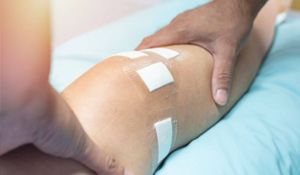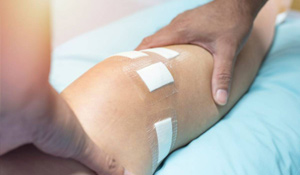Scar Care Recommendations
Scars are a natural part of the healing process, but their appearance can sometimes become a concern, especially when they darken over time. This blog post explores why scars darken and provides practical tips for managing and treating them effectively.












